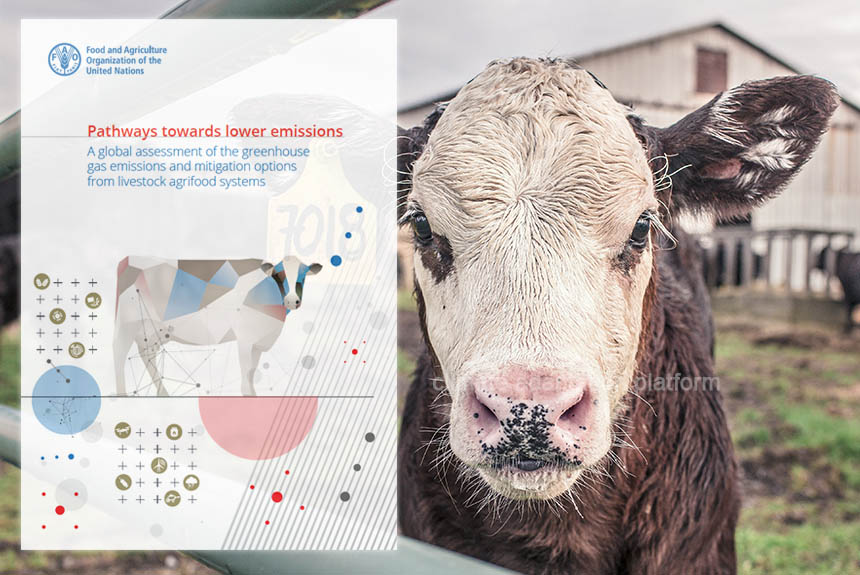At COP28, the summit leadership highlighted the crucial role of agrifood systems in climate change adaptation, emphasising opportunities that sustainable practices across crops, livestock, forestry, fisheries, and aquaculture could mitigate the impacts of climate change while promoting resilience in the agriculture sector and communities.
On 10 December, the Food, Agriculture and Water Day at COP28, The UN’s Food and Agriculture Organization (FAO) unveiled its ambitious new roadmap, The Global Roadmap for Achieving Sustainable Development Goal 2 (SDG2), without breaching the 1.5°C Threshold. The roadmap outlines more than 120 actions and milestones to transform food production to respond to the dual threats of climate change and global hunger.
Due to growing populations, the world’s increasing demand for meat and livestock means that GHG emission from livestock systems is expected to grow.
FAO released a new report about reducing GHG from global livestock systems. The report, “Pathways towards lower emissions – A global assessment of the greenhouse gas emissions and mitigation options from livestock agrifood systems,” suggests multiple mitigation options that address the supply and demand aspects of livestock sectors. These pathways include improving animal health, adopting better breeding practices, reducing food loss and waste, and directly targeting greenhouse gas emissions.
Report findings show that 2015 livestock systems contributed approximately 6.2 billion tonnes of CO2 equivalent emissions (GtCO2eq) per year, or 12% of all anthropogenic GHG emissions and about 40% of total emissions from agrifood systems. Emissions from livestock systems include farm production activities and key supply chain processes, such as land use change related to feed, transport, and input manufacturing.
According to FAO, emissions are projected to increase by 20% without interventions to emissions and productivity gains due to demand for terrestrial animal products by 2050.
FAO derives its figures from an innovative tool, the Global Livestock Environmental Assessment Model (GLEAM). GLEAM use a geospatial framework to analyse activity data from different livestock production systems worldwide and calculate their carbon footprint at various scales and for different sources.
“GLEAM uses a life cycle assessment approach spanning emissions associated with raising animals, including enteric fermentation, as well as indirect emissions stemming from upstream activities such as provision of feed and other inputs, and part of the downstream processes including post-farm transport, processing and packaging of raw products. It does not cover the retail and household stages” (New FAO report, 2023).
GLEAM also considers indirect emissions from upstream activities, such as feed and other inputs, and part of the downstream processes, including post-farm transport, processing, and packaging of raw products.
The publication draws from an extensive literature review to create a set of interventions, a pathway towards lower emission on both the supply and the demand sides of animal production.
Source:
New FAO report maps pathways towards lower livestock emissions. (2023, December 12). Food and Agriculture Organization. Retrieved from https://www.fao.org/newsroom/detail/new-fao-report-maps-pathways-towards-lower-livestock-emissions/en
Pathways towards lower emissions – A global assessment of the greenhouse gas emissions and mitigation options from livestock agrifood systems. (2023). Food and Agriculture Organization. Retrieved from https://www.fao.org/documents/card/en/c/cc9029en



Leave a Reply